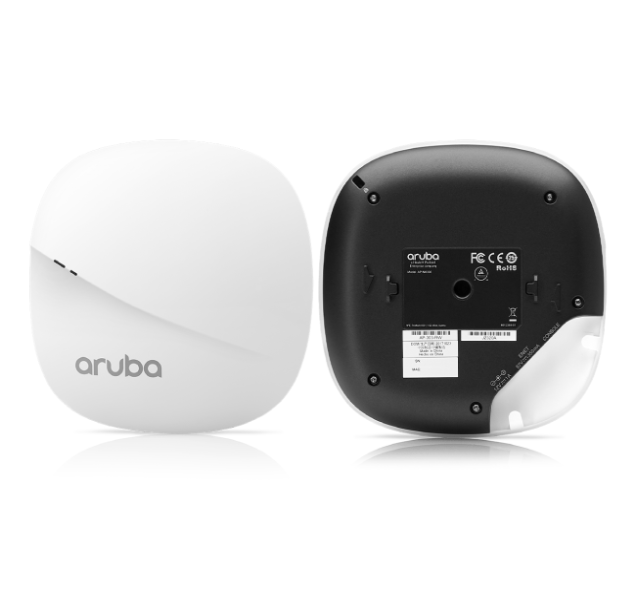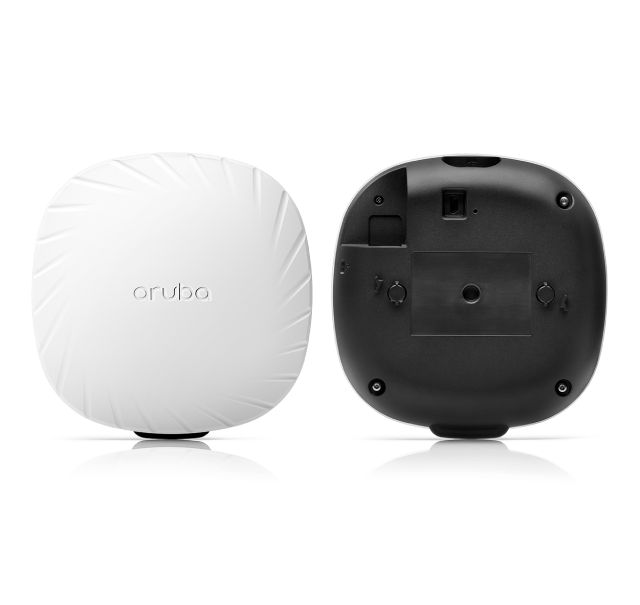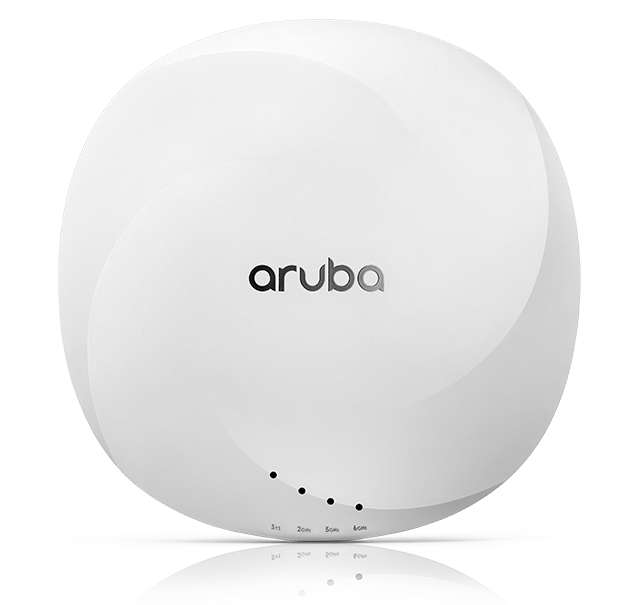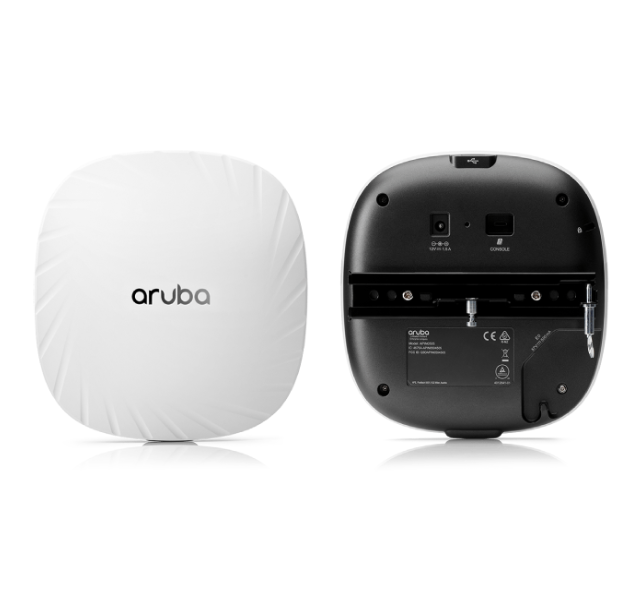HPE Aruba Networking 303 Series indoor Wi-Fi 5 access point
The affordable 303 Series (802.11ac Wave 2) campus access point delivers high-performance to lower-density environments.
High-performance Wi-Fi 5 for lower-density environments
The 303 Series campus APs deliver connectivity to environments such as schools, retail branches, warehouses, hotels, and offices, where the environment is cost-sensitive.
Improved work efficiency and productivity
Delivers a maximum concurrent data rate of 867 Mbps in the 5GHz band and 300 Mbps in the 2.4GHz band (for an aggregate peak data rate of 1.2Gbps).
Dual Radio 2×2 802.11ac access point with Multi-User MIMO (Wave 2)
Supports up to 867Mbps in the 5GHz band (with 2SS/VHT80 client devices) and up to 300Mbps in the 2.4GHz band (with 2SS/HT40 clients).
HPE Aruba Networking’s ClientMatch technology
ClientMatch continuously monitors the health of all clients connected to each access point, intelligently grouping them.
Less RF interference with ARM
ARM automatically assigns channel, width, and power settings based on environment and client density. It also provides airtime fairness and ensures that access points stay clear of all sources of RF interference to deliver reliable, high-performance WLANs.
Power over Ethernet
The access point supports direct DC power and Power over Ethernet (PoE). When both power sources are available, DC power takes priority over PoE.




